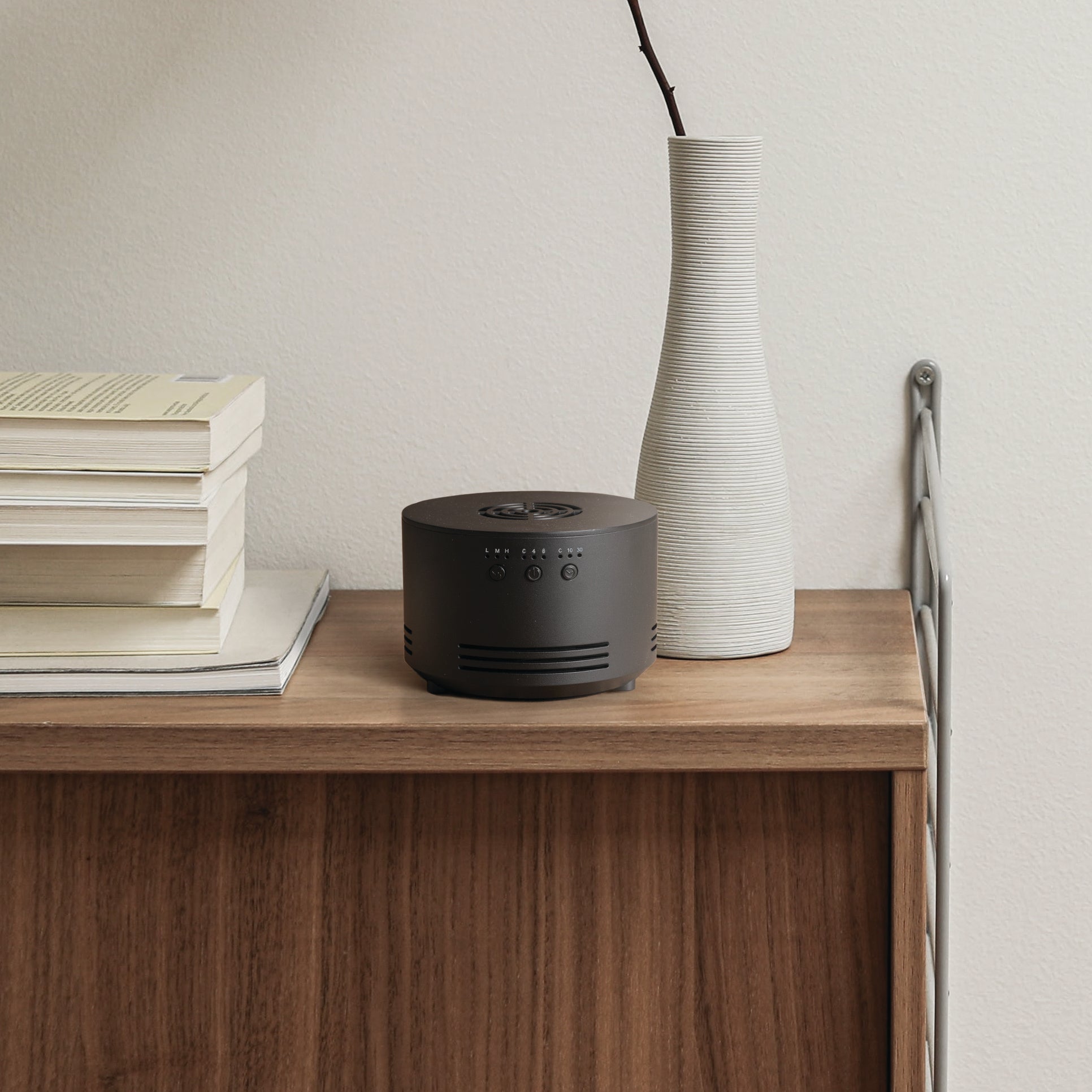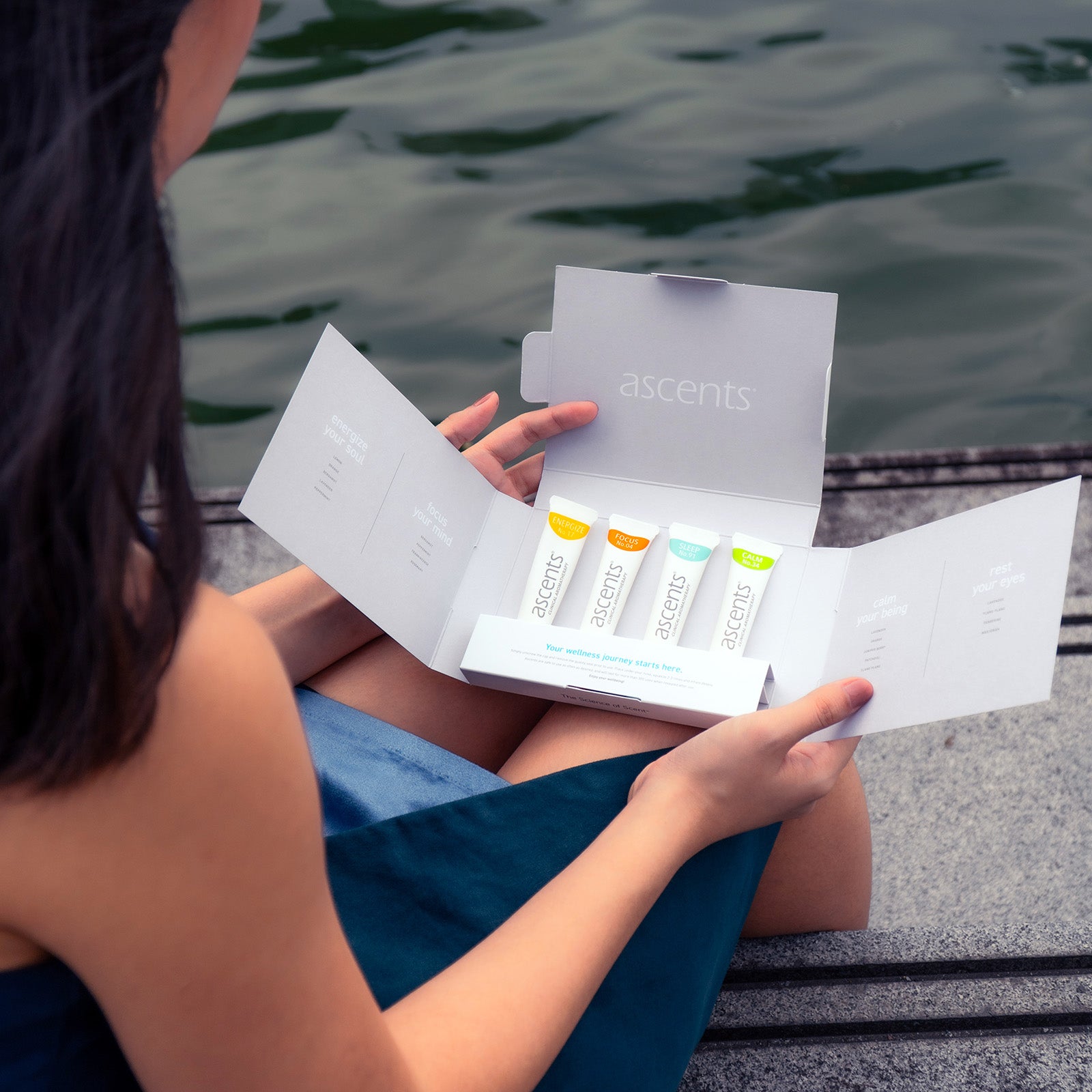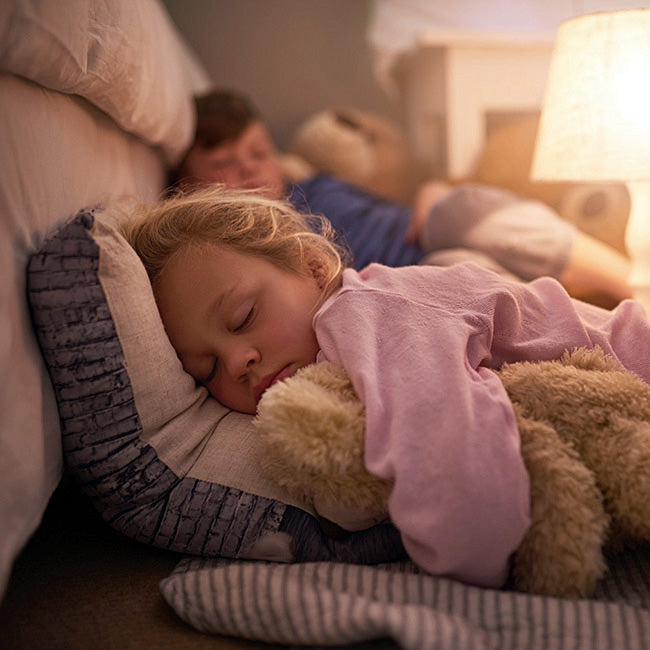NHIS Survey Outlines Children's Complementary Medicine Use
A new report released today outlined children's use of complementary medicine. The 2012 NHIS survey found that overall use of these heath approaches did not change significantly since the last survey in 2007. However, there were, in fact, increases in the use of certain treatments, in particular yoga, fish oil and melatonin. Of particular interest to those of us at Aeroscena were the reasons why children chose to utilize complementary therapies: the number one reason was to alleviate pain.
Aeroscena's forthcoming study, in concert with one of the leading research hospitals in the world, will investigate the effects of aromatherapy as a pediatric pain management tool. Therefore, we are very happy to see any type of serious thought given to examining natural therapies as they relate to children's health and well being.
Additional study highlights:
- The complementary health approach most commonly used by children was natural products (nonvitamin, nonmineral dietary supplements) at almost one-quarter the adult rate (4.9 percent vs. 17.7 percent). The most popular natural product was fish oil.
- Melatonin ranked second to fish oil. The use of melatonin among children increased significantly—from 0.1 percent in 2007 to 0.7 percent in 2012.
- Among children who used any complementary health approach, 44.2 percent used it to treat a specific health problem. Acupuncture was the most commonly used modality.
- Complementary health approaches were most often used among children for back or neck pain, head or chest cold, other (usually painful) musculoskeletal conditions, anxiety/stress, and attention-deficit hyperactivity disorder. This was unchanged from 2007 to 2012.
For complete survey information, see the NCCIH microsite.






Leave a comment
This site is protected by hCaptcha and the hCaptcha Privacy Policy and Terms of Service apply.